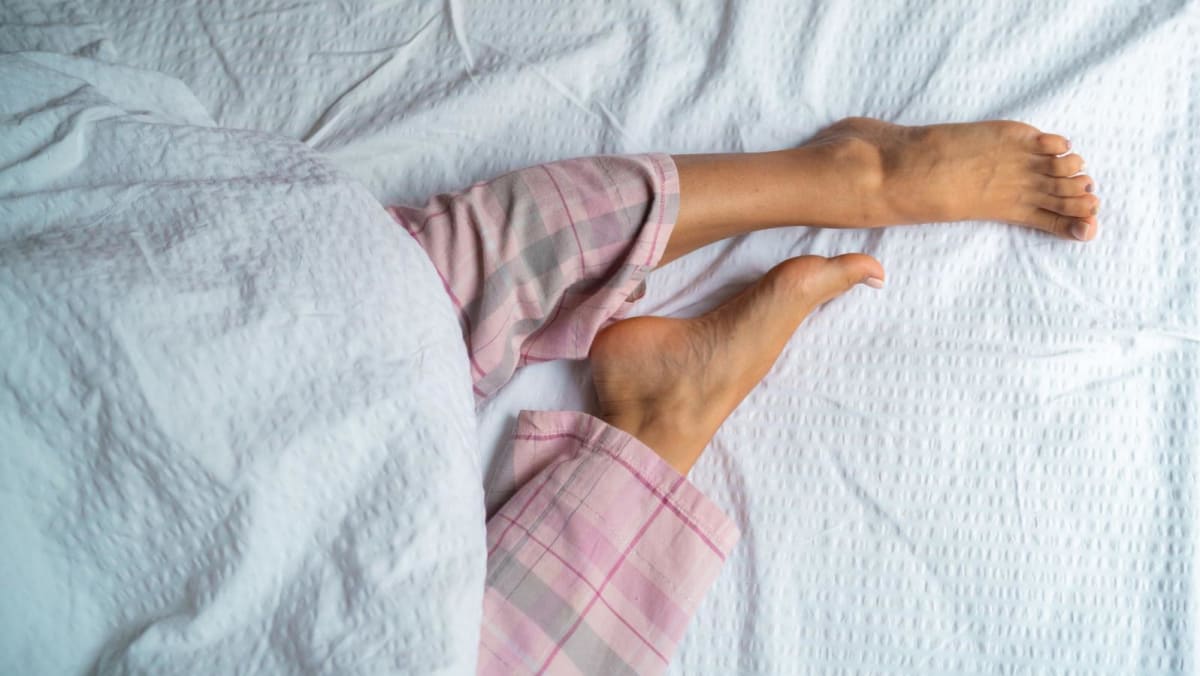The situation, however, is very different when using dopamine agonists to treat Parkinson’s disease. “It’s not uncommon,” said Dr Neo about patients displaying worrying behaviours. “I had a patient gain 10kg after binging on food. They managed to arrest the weight gain after we stopped the dopamine agonist medication.”
Another patient of Dr Neo’s splurged S$10,000 on real estate investments after going on dopamine agonists. “We stopped the medication and the family kept a closer eye on their financial activities,” she said.
ARE THERE OTHER MEDICATIONS, EVEN NON-DRUG OPTIONS, AVAILABLE?
Yes, there are, including non-dopaminergic drugs such as gabapentin or pregabalin, said Dr Neo. “For more advanced cases, sedatives such as benzodiazepines and zolpidem, or opioid medication may be used,” said Dr Lim.
In mild cases of RLS, Dr Lim recommended walking and using “counter-stimulation” techniques, such as rubbing your legs or using hot or cold baths or ice packs, distracting mental activities such as playing games, and avoiding provocative situations such as long periods of sitting.
“Exercise can help RLS because the symptoms are typically relieved by movement. Massage is a form of ‘counter-stimulation’, which refers to a technique of relieving discomfort by providing an alternative sensory distraction from discomfort. So, massage can help RLS,” said Dr Lim.
